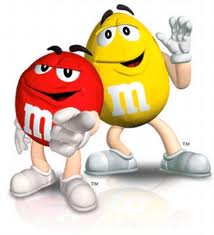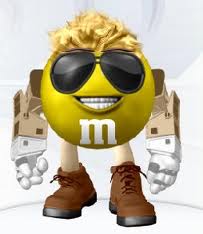Background Information of Previous M & M Studies

Background Research:
To perform research on M&M proportions, we used a search engine called Google. In the search box, we typed “M&M proportion study” and found numerous studies similar to ours. All three sites claim that they found the official M&M proportions from the M&M website. According to these websites, the proportions for each M&M color are not the same. The true proportion of red, orange, yellow, green, blue, and brown M&Ms in a bag are 0.13, 0.20, 0.14, 0.16, 0.24, and 0.13 respectively.
A study by Scientific AmeriKen simply tested the proportions of M&Ms against each other. The experiment showed that proportions were not equal to those stated by the M&M website and that most did not differ substantially. According to the true proportion, the most populous color was expected to be blue; however, the study showed that green was the most populous. In fact, the expected and observed proportions of blue M&Ms differed by nine percent! Scientific AmeriKen sent a letter to the Mars company stating that the proportions given by the corporation were different than those obtained in the study. M&M responded with a letter saying that their colors proportions were chosen based on consumer preference tests and that brown is the most prevalent color because it reminds people of chocolate. For this study, the proportion of blue M&Ms was not greater than the proportion of orange M&Ms; the proportion of blue M&Ms and the proportion of red M&Ms were not equal; and the proportion of brown M&Ms and the proportion of green M&Ms were different.

